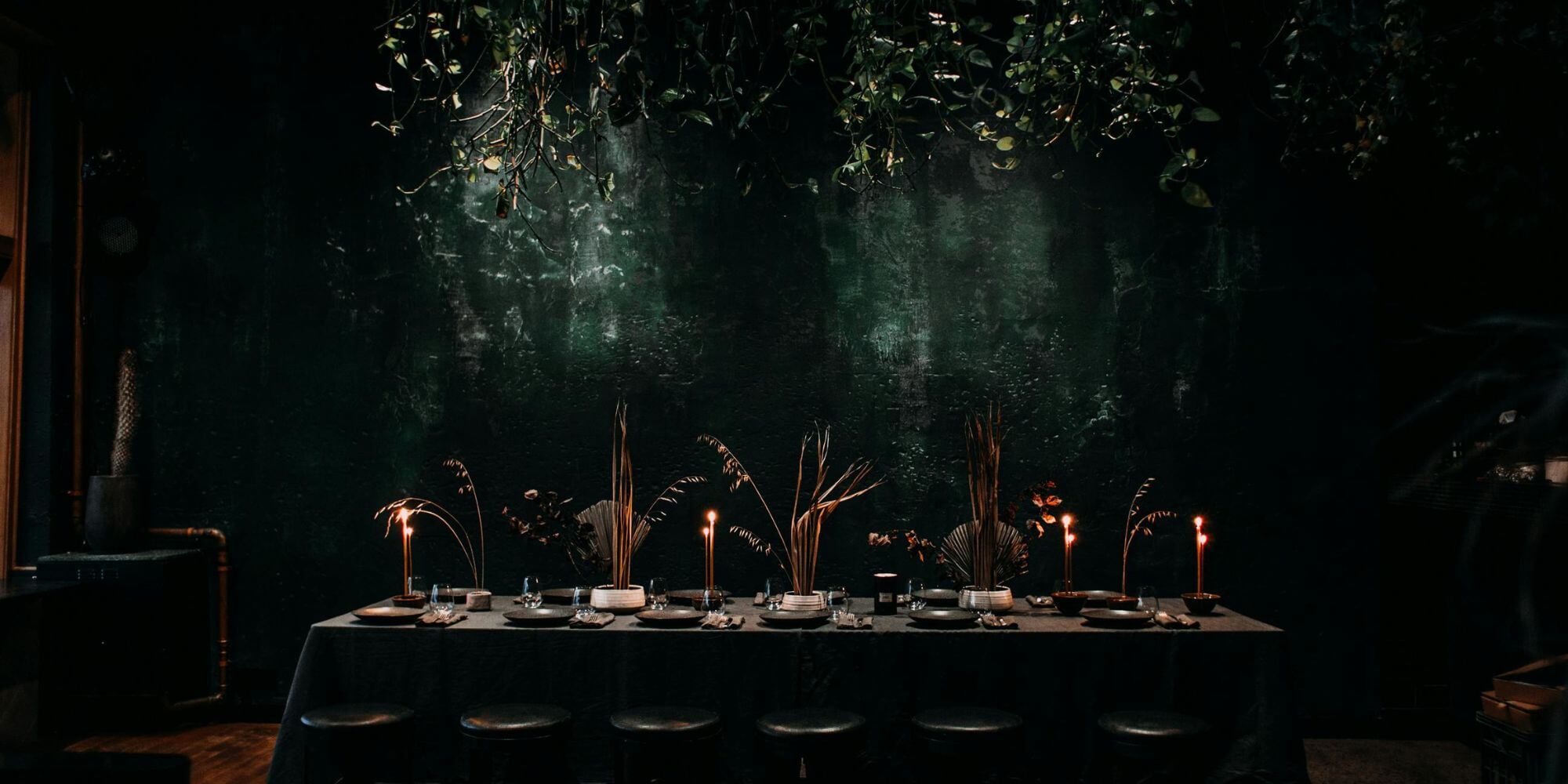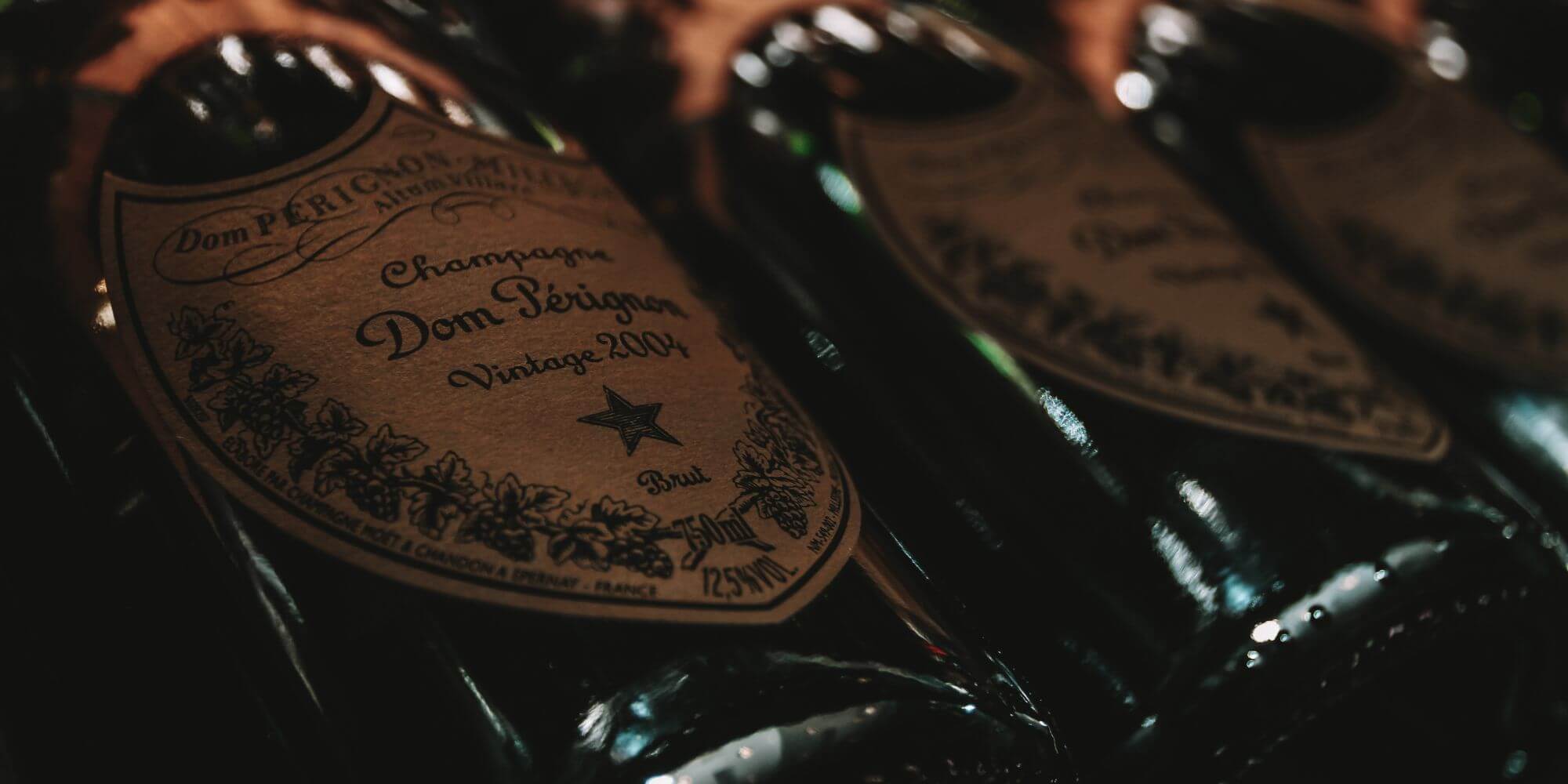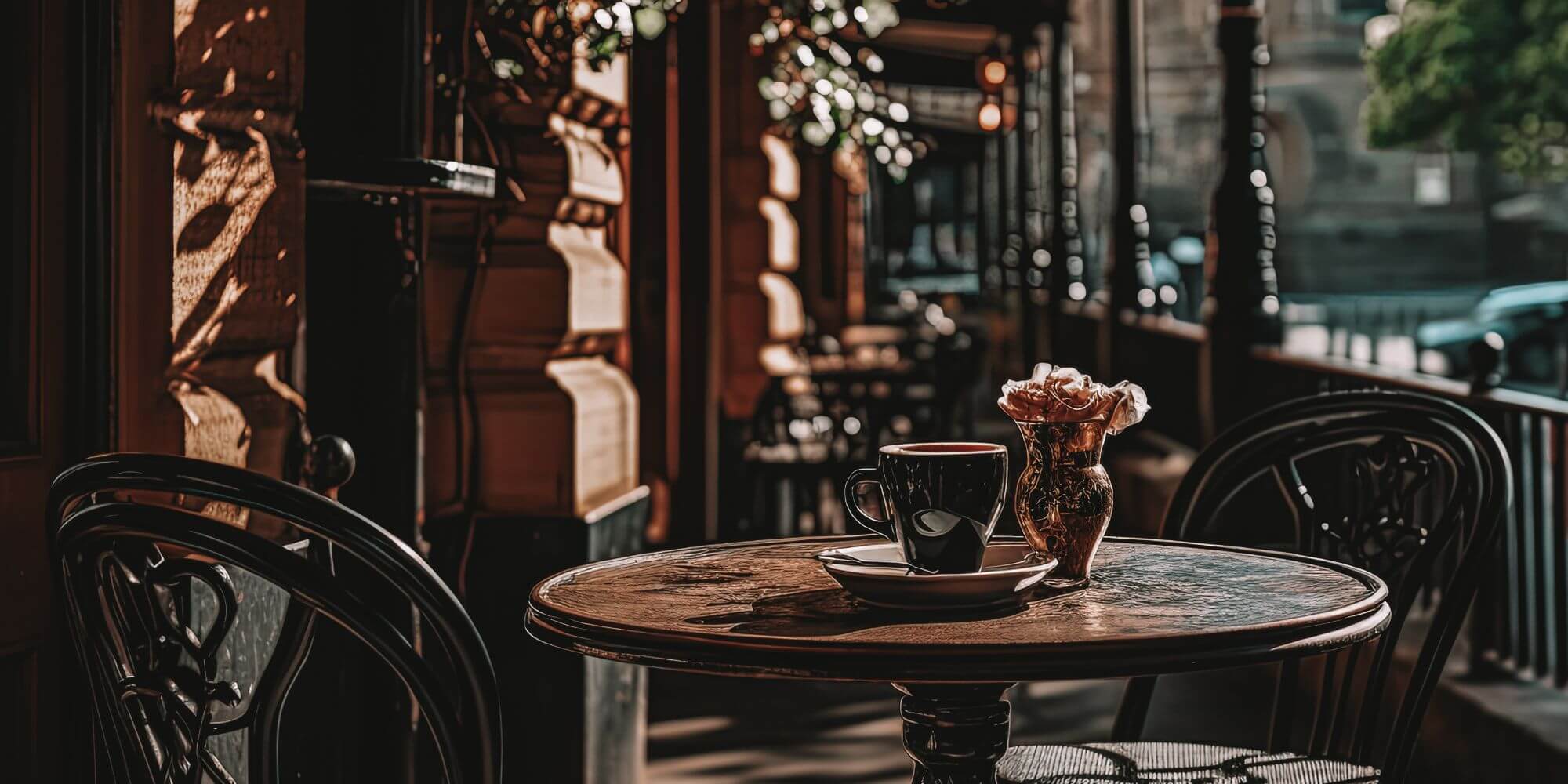The power of luxury vocabulary in branding
Today, I want to dive deep into the importance of language in luxury branding. As experienced female entrepreneurs, you understand that every detail counts when creating a luxury brand. The words you choose to represent your brand are as crucial as your visual identity, color palette, and overall brand ethos. Let’s explore why mastering a luxury vocabulary is essential and how it can elevate your brand to new heights.
What really matters
Luxury vocabulary and consistency
Understanding the essence of luxury
Before we delve into the specifics, let’s define what we mean by “luxury.” According to Larousse, luxury refers to something that is expensive, refined, and sumptuous, but not necessary. A luxury brand is one that provides a high-end, hedonistic experience of good quality, with a price exceeding the pure functional value of the good or service.
One critical component of a luxury brand is its image, and the vocabulary you use is a vital part of this image. The language you choose must resonate with your target audience and reinforce the luxurious experience you aim to provide.
The importance of consistent luxury vocabulary
Consistency is key in luxury branding. Even the smallest inconsistency can be a red flag for discerning clients. The vocabulary you use should be enveloping, elegant, sophisticated, and rich. Luxury brands typically use a formal level of language and avoid emojis in written content. This approach serves as a proof of quality and establishes a point of reference. When your audience encounters your brand, they should immediately recognize the high standards they are accustomed to in other luxury experiences, such as shopping in exclusive boutiques, traveling in business class, or staying in five-star hotels.
for your luxury business
Specific vocabulary in luxury brands
Luxury brands use a specific vocabulary that elevates their message. Here are some examples:
- Luxury hospitality: client vs. guest
- High perfumery industry: smell vs. fragrance
- Brand storytelling: mainstream brands have histories when luxury brands create legends
- Corporate identity: company/business vs. “Maison”
- Customer interaction: mainstream businesses have employees that sell when luxury companies serve their customers
- Product creation: mainstream items are “made” when luxury goods are manufactured or handcrafted
- Consumer experience: you can buy mainstream articles or items or you can treat yourself to a luxury piece from the collection
These distinctions are not mere semantics; they help to position your brand in the minds of your customers and create an aura of exclusivity and refinement.
The dos and don’ts of luxury communication
Things to say as a luxury brand
As a luxury brand, your communication should focus on the experience and emotions your products or services evoke. Highlight the craftsmanship, the exclusivity, and the unique story behind each offering. Use words that convey elegance, sophistication, and timelessness. For example, instead of saying “we offer high-quality products,” you might say, “each piece is meticulously crafted to embody the essence of luxury and timeless elegance.”
Things to avoid as a luxury brand
- Price-quality ratio: luxury is not about getting good value for money. People buy luxury to experience something extraordinary, fulfill a desire, or capture a piece of the brand’s legend. Avoid discussing price-quality ratios, as this is more relevant to mainstream brands.
- Overt quality claims: luxury brands do not need to constantly assert their quality. It should be self-evident. The products you sell, the services you provide, the customer care you offer, and the experiences you create should speak for themselves. If you need to declare “high quality since 1978,” it may indicate an underlying issue with your brand’s perceived quality.
Common issues in luxury branding
If you feel the need to emphasize quality overtly, it could be due to one of the following issues:
- Positioning problem: you want to sell luxury but your pricing and sales process are more mainstream.
- Targeting issue: you are offering luxury products to a mainstream or low-cost-oriented audience.
- Quality challenge: your products or services do not deliver the quality you believe they do.
- Branding issue: your brand image is inconsistent, not professional enough, or not aligned with luxury market codes (so you need to check this!).
work on it
Your luxury vocabulary is your clients’ connexion
In the world of luxury branding, every detail counts. The vocabulary you use plays a crucial role in shaping your brand’s image and communicating its values. By mastering the art of luxury vocabulary, you can create a powerful, consistent brand that resonates with your audience and stands out in the competitive luxury market.
Remember, luxury is not just about products or services; it’s about creating an experience, evoking emotions, and building a legend. Use your words wisely, and let your brand’s story unfold with elegance and sophistication.
I’d love to hear your thoughts and continue this conversation! Come chat with me in my Instagram DM @nxt_branding and let’s discuss how we can elevate your brand to new heights!
À très vite,
Amandine



